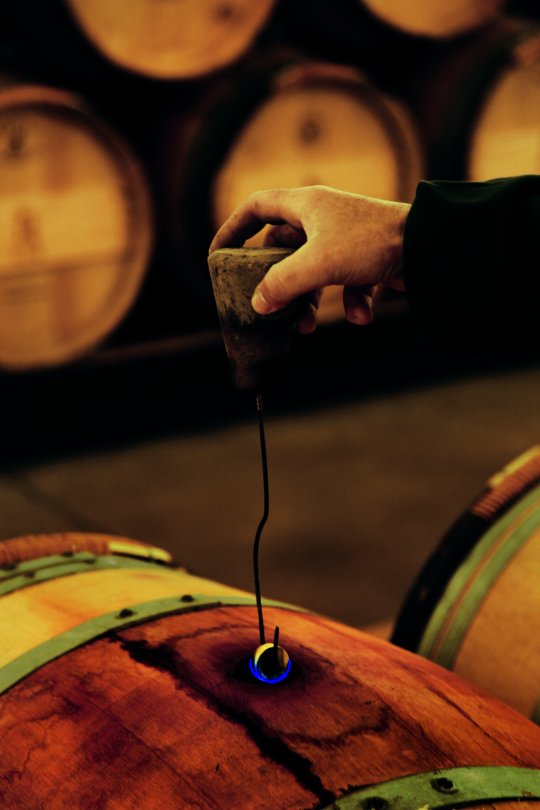What are the possible disinfecting methods?
Steam
Steam is one of the most common and effective disinfection methods. However, it has little effect on limescale. The steam is sent into the barrel with a pipe connected to a steam generator. The steam is at 100°C. The duration of the steam treatment depends on the generator's output and the desired in-depth temperature to be reached. The treatment time typically ranges from 6 to 12 minutes.
Ozonated water
A generator produces ozonated water. The water is sprayed into the drum for about 5 minutes. The free radicals formed are intended to destroy microorganisms. This method does not clean and its effectiveness on microorganisms is limited according to research because the effectiveness of ozonated water is disrupted by organic molecules. Moreover, its action is limited to the surface.
UV treatment
A UV gun can be used to disinfect the barrel's surface. The barrel must first be cleaned using another method. This technique is very effective on the surface but not within the wood. It is a possible alternative to burning sulphur discs when barrels have been kept empty a long time and one does not want to saturate the barrel with SO2.
Burning sulphur disks
Burning sulphur disks is an ancient technique to disinfect barrels. After cleaning, a wick or a sulphur disk is burned inside the barrel, which will release gasous SO2. The advantage of burning sulphur disks is that it goes deep into the wood and microbiologically stabilizes the impregnation front for a relatively long period of time.
The sulphur dosage during the process can vary from 2.5 to 10 grams per barrel. The higher the dose, the higher the free SO2 in the wine.
| Method | Cleaning | Disinfecting |
|---|
| Hot water | Efficient | Slightly efficient |
| Steam | Inefficient | Efficient |
| Sulfur disc burning | Inefficient | Efficient |
| UV | Inefficient | Efficient on the surface |
| Ultrasound | Efficient | Efficient |
| Ozone | Inefficient | Average efficiency on the surface |

